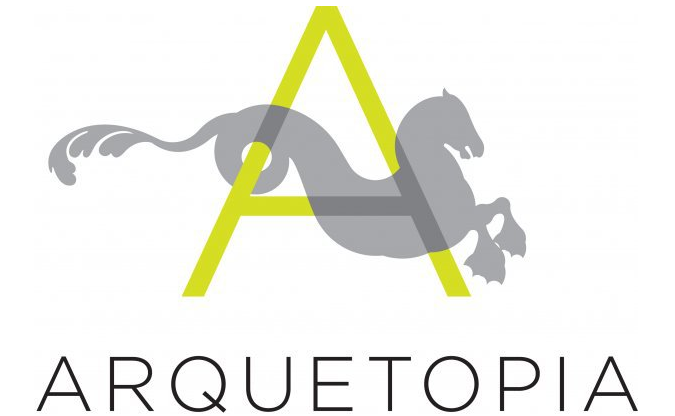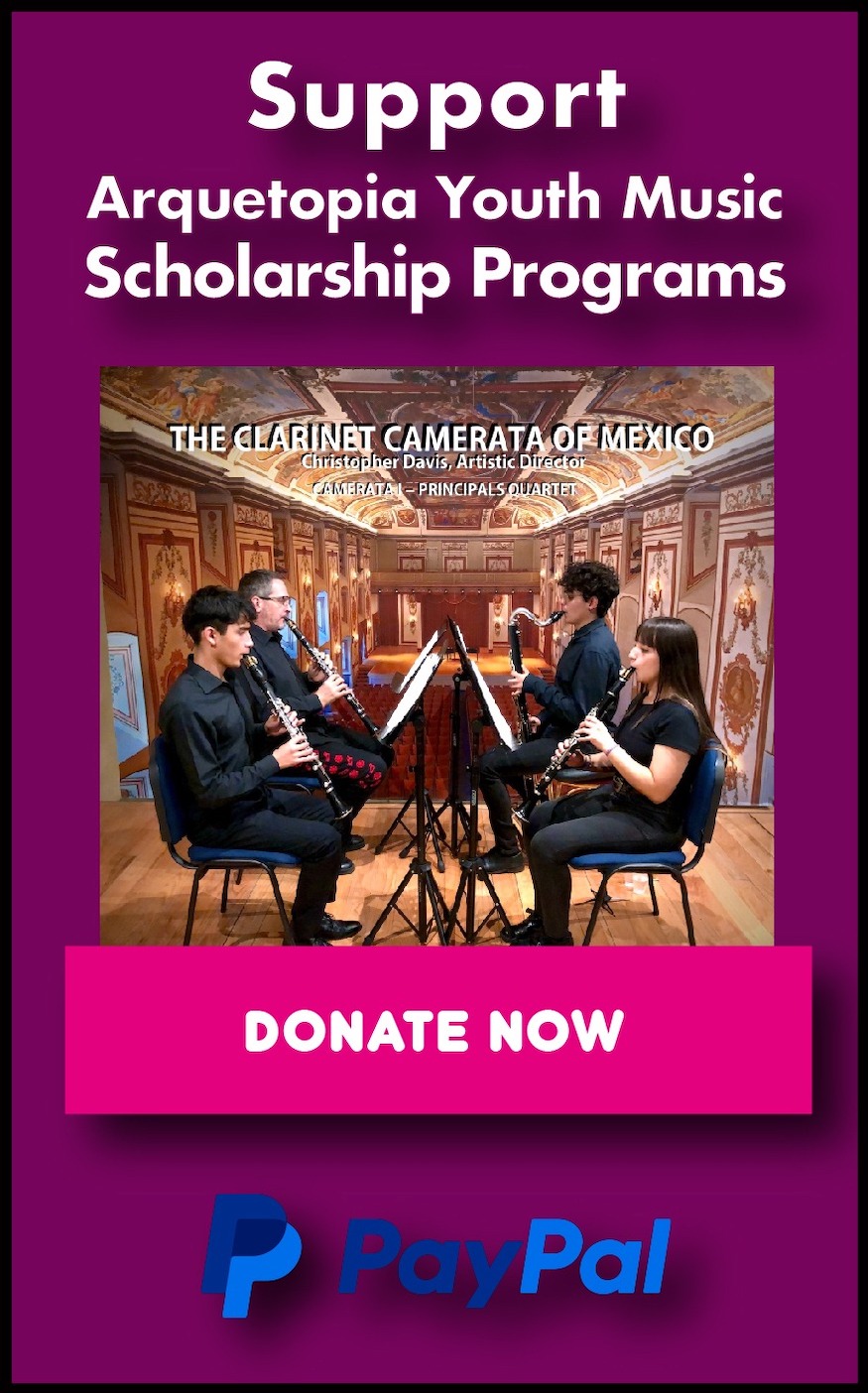The Revolution of the Ink:
Natural Ink Silkscreen Instructional Program
Arquetopia Location: Puebla, Mexico

Note: The specific focus of this instructional program, and the resources provided, are in making natural inks for use in silkscreening; it is not a course in silkscreening itself, nor a survey of other printmaking techniques. For general printmaking, we offer the non-instructional Printmaking Program in Puebla.
This comprehensive, customized residency program offers competitive professional opportunities for emerging and mid-career, national and international artists aged 20 and over.
For centuries, artists have embarked on quests to discover the sources of the most vibrant and enduring colors. The region now known as Mexico has long been a treasure trove of natural colorants derived from plants, minerals, and animals, and has historically been a center for the development of knowledge and techniques to produce a vast spectrum of colors. Among the most notable are the rich red and purple hues derived from cochineal, the vivid blues obtained from indigo, and the many other vibrant pigments that have shaped the artistic traditions of the region. Red and blue hold a particularly esteemed position within the color hierarchy, as they symbolize power, prestige, and cultural significance. Mexican cochineal and indigo are prized globally for their exceptional vibrancy, permanence, and historical importance, making them highly coveted by artists and artisans across cultures. These colors, not only prized for their beauty but also for their deep connections to the land, traditions, and economies of the region, continue to hold a profound influence on contemporary art and craft today.
The inhabitants of Mesoamerica long perfected the technology of color, developing sophisticated methods to extract brilliant red colorant from the cochineal insect, which was selectively bred on its prickly pear cactus host, and to obtain a rich blue dye from the local indigofera tinctoria plants. Both of these natural colorants have had a profound and lasting impact on the development of the world over several centuries, influencing commerce, science, politics, art, and ideas. The use of these colors was not merely an aesthetic choice but a carefully cultivated technological practice, harnessing nature’s resources for cultural and economic advancement. Before the European invasion of the Americas and throughout the Spanish colonial period, artists intentionally selected natural colors, preferring them for their vibrancy and symbolic value. Famous European masters like El Greco, Tintoretto, Velázquez, Van Dyck, Rembrandt, Vermeer, and Van Gogh all employed cochineal and indigo in their work. Today, contemporary artists and designers continue to embrace these natural colorants, not only for their visual beauty but for the cultural meanings they carry. Outside the regions with a long history of cochineal, indigo, and other natural colorants, contemporary fashion designers have revived the use of these organic colors, following the path of early twentieth-century designers who valued their connection to both nature and tradition.
Building on the rich history of color as a technology, printed materials—imbued with these vibrant, natural dyes—became a crucial tool in the spread of nationalism, as articulated by Benedict Anderson in Imagined Communities. According to Anderson, print technology was central to the formation of national identities, as it enabled the mass production of literature, newspapers, and other forms of communication that connected people across vast territories. In the case of Mesoamerica and the Spanish colonies, the use of cochineal and indigo in printed textiles, books, and other materials symbolized not only the region’s technological sophistication but also its cultural and political assertions. These colors, often associated with indigenous and colonial histories, became key to constructing national narratives that reflected both the pre-colonial legacy and the complexities of colonial rule. As print culture expanded, the vivid use of natural dyes helped reinforce emerging national identities, marking the printed word and image as instruments of both cultural expression and political power. In this way, printed technology and the use of indigenous colorants played a role in shaping the imagination of the nation, as people began to see themselves as part of a larger collective identity.
1. The Connectivity of Concepts
The Natural Ink Silkscreen Instructional Program intertwines the history, material culture, and artistic practice of natural colorants with contemporary silkscreen techniques, fostering a deeper understanding of how color technologies are embedded in broader social, political, and historical contexts. Through academic visits and direct engagement with the local context, participants connect the tactile experience of working with natural inks to larger conceptual frameworks. This approach encourages an exploration of the histories of resistance, adaptation, and identity negotiation, recognizing how natural inks, such as cochineal and indigo, have been central to cultural narratives and artistic expression throughout history, while continuing to inspire contemporary practices in silkscreen techniques.
2. The Practice of Unlearning
This program challenges participants to dismantle preconceived notions about color theory, craftsmanship, and authorship by critically examining the colonial legacies embedded in the use of natural colorants and printing techniques. Participants explore how materials like cochineal and indigo have been appropriated and redefined over time, encouraging a process of unlearning that questions dominant narratives. This reflection reorients their practice toward a more conscious relationship with natural inks, silkscreen techniques, and cultural heritage, allowing them to reclaim and revitalize traditional methods through contemporary perspectives.
3. The Rhythm of Creating
In this program, rhythm becomes a space where participants explore the connection between color theory, natural inks, and historical printing techniques. Through hands-on exploration of silkscreen methods, participants engage in a dynamic process where research, intuition, and materiality converge. This approach encourages a continual dialogue between making, questioning, and discovering, transforming artistic practice into an active site of inquiry. Here, intuition guides participants to rethink historical narratives, deepen their understanding of color materials, and forge new connections between traditional practices and contemporary artistic expression.
4. The Ethics of Movement
In Elsa Barkley Brown’s concept of rhythm, expression is understood as a dynamic interplay between repetition and variation, reflecting how individuals and communities engage with time, history, and cultural practices. This concept is woven into the Natural Ink Silkscreen Program, where color and print become active forces, traveling across borders and histories, shaped by trade, migration, and cultural exchange. Participants are invited to consider the ethics of movement—acknowledging the responsibility that comes with engaging deeply with colorants and printing technologies that carry historical significance. Through the act of creating prints, the transmission of knowledge, and the exploration of cultural patterns and techniques, participants reflect on how their practice navigates issues of difference, reciprocity, and responsibility. Like the rhythm of movement itself, the encounter with the viewer becomes an ethical opportunity, prompting conversations that challenge established narratives and open spaces for new dialogues. In this way, the movement of materials, ideas, and knowledge becomes a rhythmic space of ethical engagement, where artistic practice and historical awareness continuously interact and evolve.
The Natural Ink Silkscreen Instructional Program acknowledges the rich history of color in Mexico by integrating the knowledge of natural colorants with the silkscreen printing technique on fabric. This 3-week mentored production program includes 27 hours of master instruction to explore the principles of natural colorants and their application in printing mediums through the silkscreen technique on paper. Participants receive hands-on instruction with cochineal (ranging from red to purple), añil (blue), and pericon (yellow) from Mexico. Instruction is in Spanish, though participants need not speak Spanish to successfully complete the course. This comprehensive program offers an in-depth exploration of the natural colorants, providing valuable resources to understand the complex culture of Mexico and its color history. Individual mentoring is provided by our directorial and curatorial staff for personalized research assistance, project guidance, and critique. Participants also work independently in our spaces.
PROGRAM DURATION / TIME PERIOD
Sessions are 3 weeks, with option to extend for 1 more week of continued production as a standard Art, Design or Photography Program. Dates are not predetermined but are proposed by the applying artist.
WHAT THIS COMPREHENSIVE INSTRUCTIONAL PROGRAM INCLUDES
WHAT THIS COMPREHENSIVE INSTRUCTIONAL PROGRAM INCLUDES
Technique Instruction:
- 27 hours master instruction, at 9 hours per week
- A weekly meeting with our directorial and curatorial staff for personalized mentoring, research assistance, project guidance, and critique
- Furnished, private bedroom
- 24-hour access to the kitchen for participants to prepare their own meals; meals/food are the participant’s responsibility
- Wireless Internet
- Use of Arquetopia’s common spaces including outdoor terraces
- Shared, serviced (single) bathrooms with modern fixtures and showers
- Housekeeping
- 24-hour access to large and bright, shared art studio with generous natural light
- Personal workspace with a large table and wall space
- Some tools provided
- Materials and supplies for the instructional course provided
- Materials and supplies for additional project production not included but available for purchase locally
- Access to special facilities (such as our partnered museums and studios) provided
PROGRAM TUITION INFO & APPLICATION DEADLINES
E-mail This email address is being protected from spambots. You need JavaScript enabled to view it. for program tuition info and application deadlines for this program.
TO APPLY
Click here to apply for this instructional program.
Click here to apply for this instructional program.









